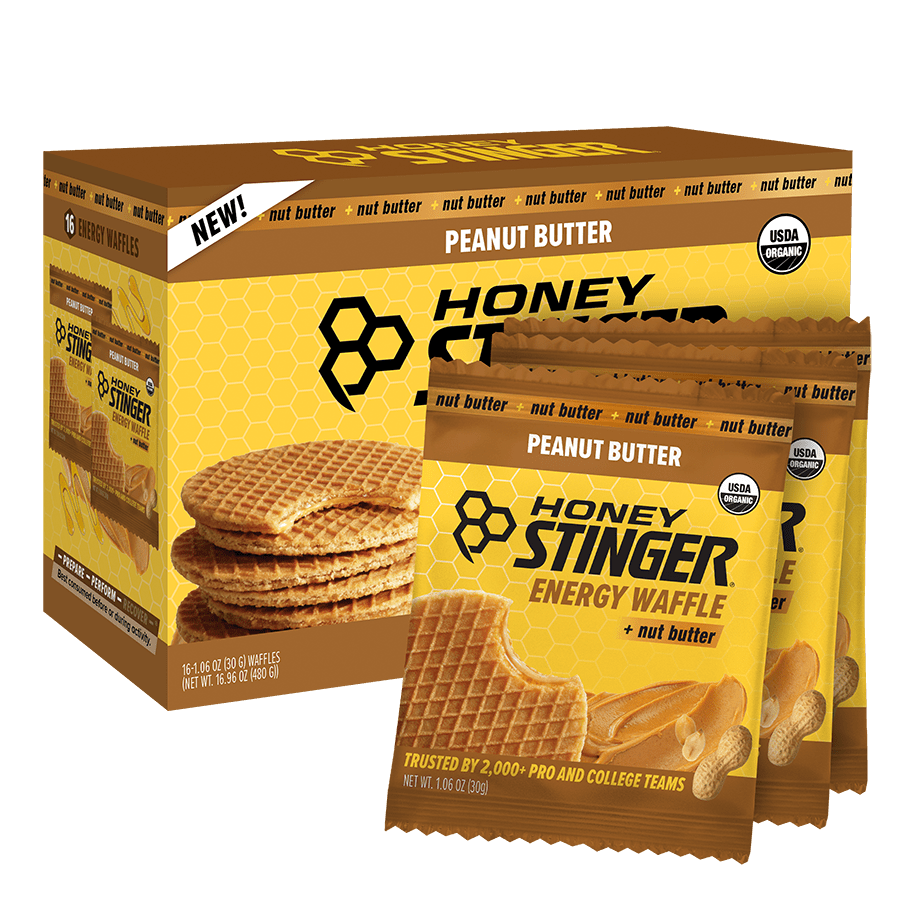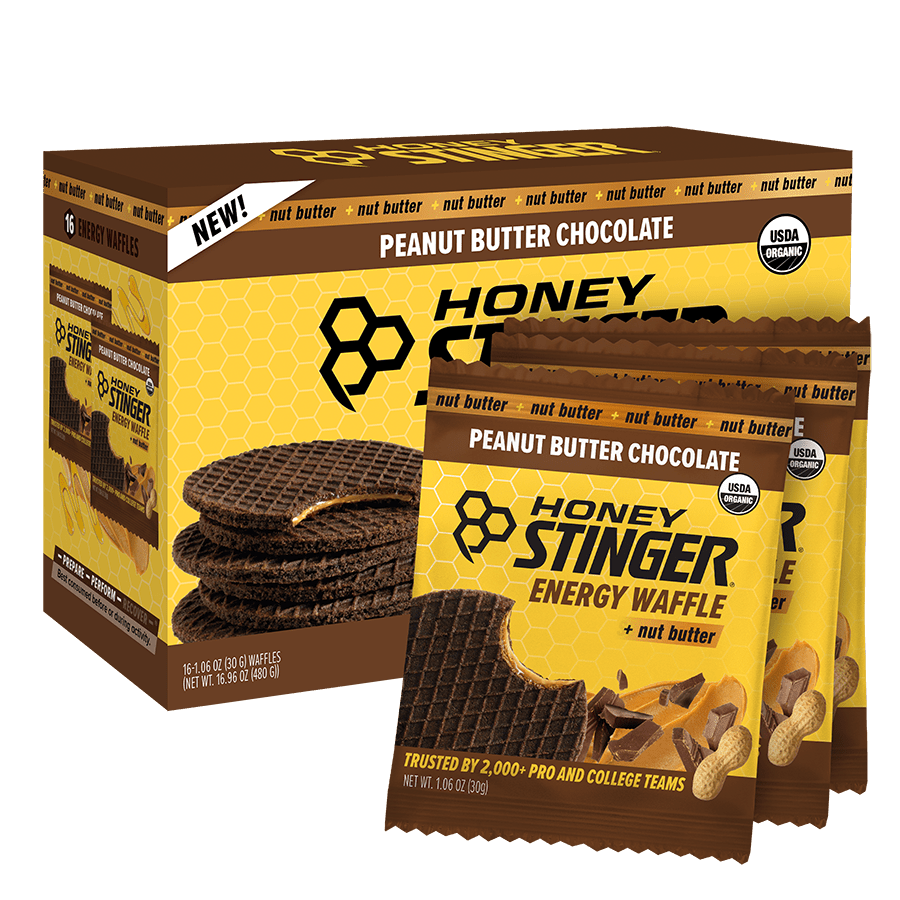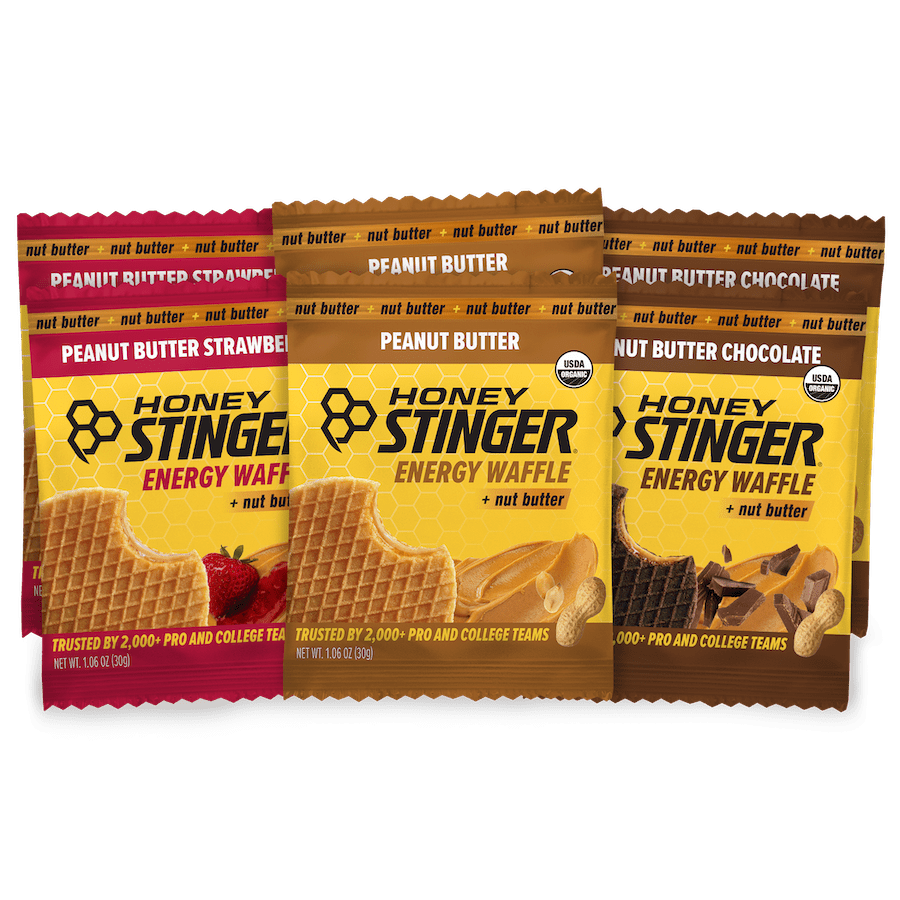How Jared Ward Gets 'Dialed In' for Olympic Trials
Marathon Olympic Trials are fast approaching! Olympic hopeful and Hive Platinum marathoner Jared Ward has dialed in his training as he gets read to compete for his spot in the 2020 USA Olympic Team. What does that look like exactly? Jared shares the FOUR key areas he focuses on as he prepares for a big race, like the trials, that you can also incorporate into your training.



Photo: Rich Vintage Photography 
Get fit.✔ ¬†Fast shoes. ✔ ¬†Honey Stinger Honey Gels. ✔ Ready to go! It almost feels that simple. As the trials approach I experience a subtle, almost natural, magnified attention to detail. Without being intentional, I become more deliberate with things like diet and daily runs. Even on easy days that typically come as a welcome break from the focus of training, I find myself reading into specifics of how my body is feeling. I consider the recovery time that I need to allocate. I think about how my active recovery is preparing me for an upcoming training session, and generally I have a more acute awareness of how fit I am becoming.¬†¬† There are the 4 areas ‚Äúdialed in‚Äù begins to take shape in my world...1. Fueling
In many of our worlds, food plays extensive roles, including daily schedule, comfort, social time, etc. It’s easy to lose sight of what food really is -- fuel.  It’s easier for me to refocus on food as fuel when I have a physical goal that I want so badly. When I’m dialed in I walk into the kitchen thinking ‘what do I need?’as opposed to ‘what do I want?’. What I need are natural foods that fuel me, loaded with nutrients and limited with things that are going to spike my bodies inflammation or make my gut work overtime. That’s why I love Honey Stinger: natural ingredients that feel good. Your body knows what it needs, we just need to give ourselves time to listen.2. Training
Training has gone really well this round. About 18 months ago I shifted my focus from forcing fitness to waiting for fitness to come. I still train hard, but this more-patient mentality has kept me healthier. When I feel good, I take advantage of the training session. But when I don’t feel great, I no longer force it. On these days I deliver an effort-based result and move on. I have always thought of myself as consistent, but keeping more acutely healthy over an extended period of time has brought me to what I now think is the fittest I’ve ever been.  I train six days a week, Monday-Saturday, and rest Sunday. I’ll total somewhere around 100-110 miles each week, and supplement some extra time on the exercise bike and in the weight room.  This is slightly lower mileage than I used to run, but it's my sweet spot for staying healthy. I’ll meet my coach for hard training sessions on Tuesdays and Thursdays (tempos or intervals), and do a long run on Saturday (20-25 miles). And as the trials get closer, I begin to think each run about how I’m feeling. Am I going hard enough? Or too hard? I only know by how I feel in a relative sense. I begin to gauge cumulative fatigue, and assess in general how I’m feeling and if training is trending in the right direction. I need enough, but not too much.










